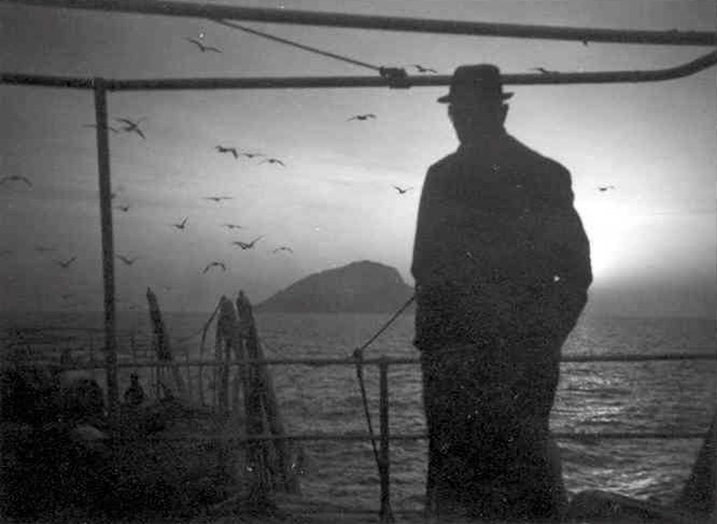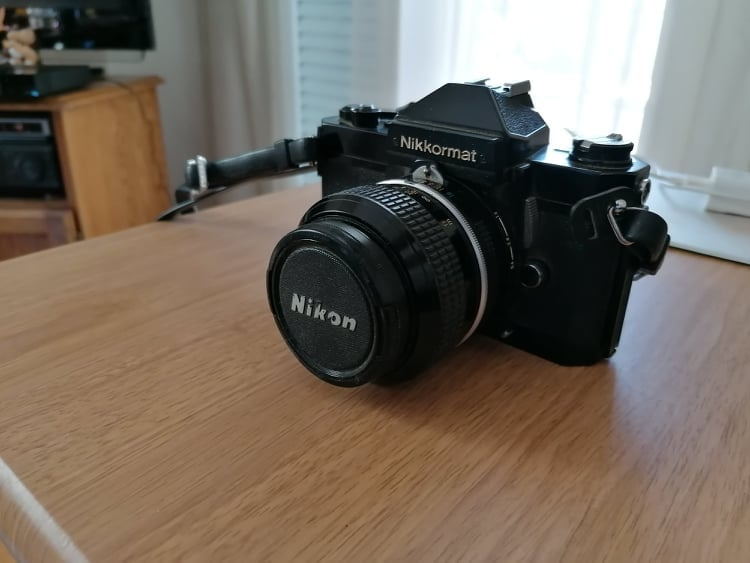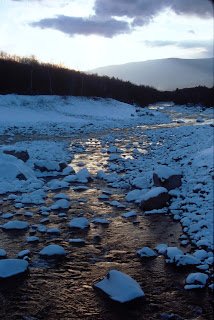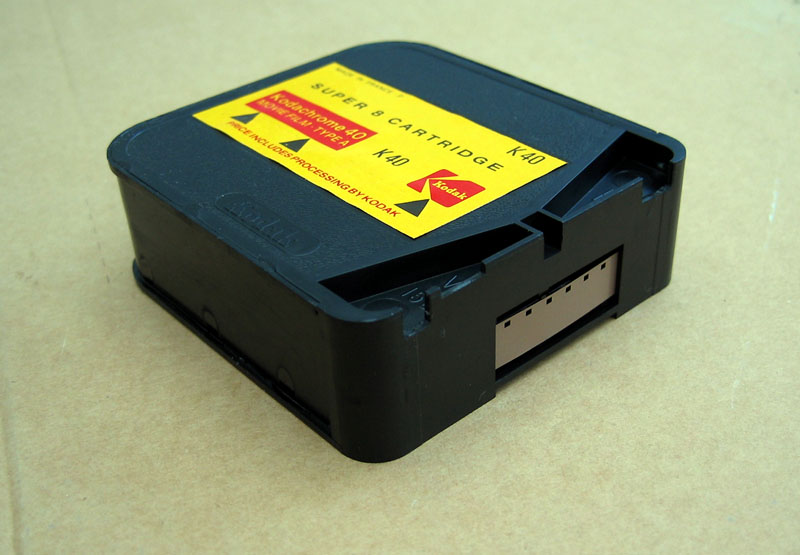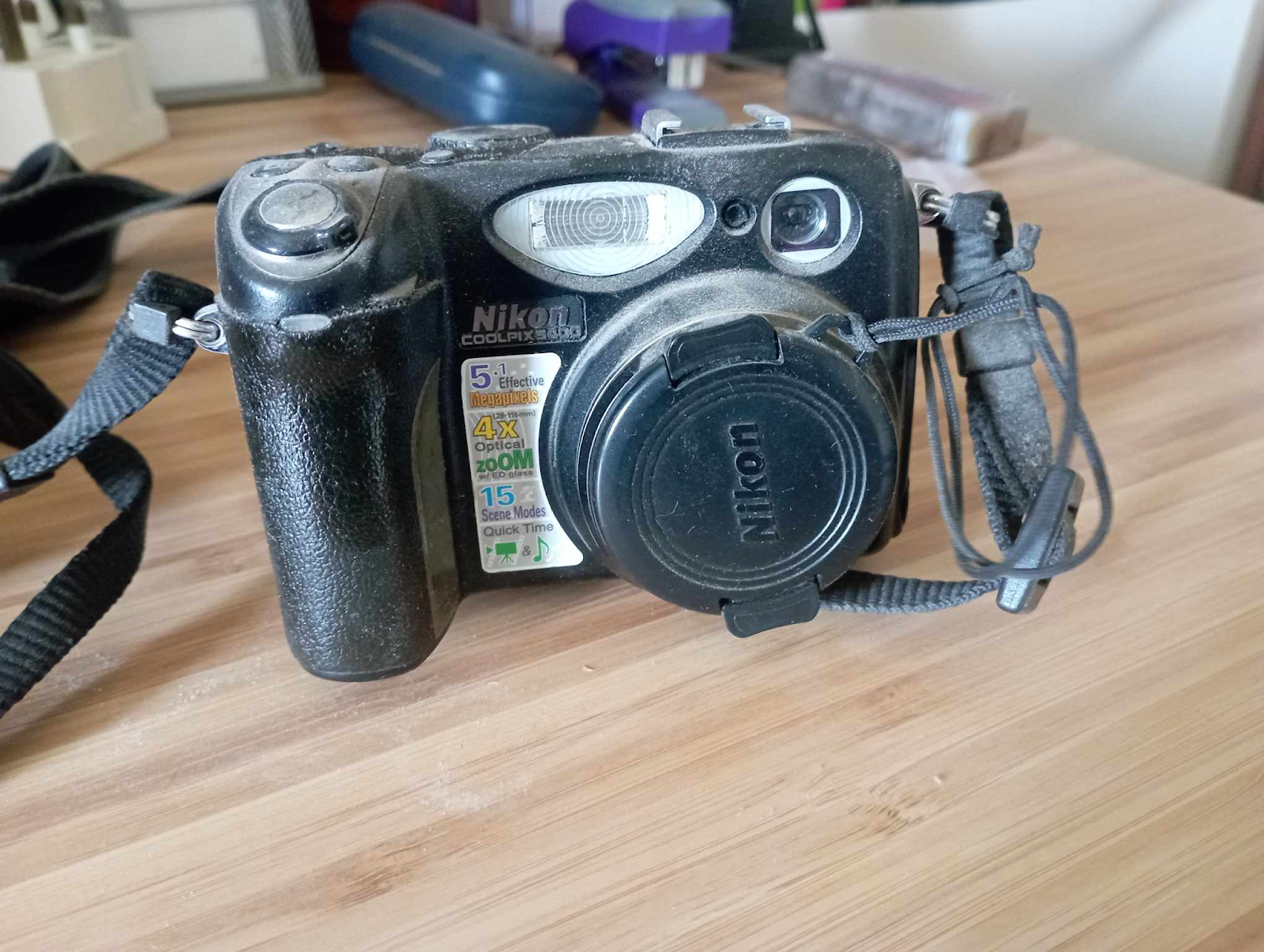Latest in the series "Am I something", I now address the question, am I a Scandinavian?
NOTE: I interpret Scandinavia in the strict sense, ie, it is a set comprising Denmark, Sweden and Norway only. The Faroe Islands, Iceland, and Greenland (let alone Finland) are not included in my analysis.
My first glimpse of Scandinavia was in 1964, when (the then) King Constantine of Greece married Princess Anne- Marie of Denmark. I was there, with a big crowd, to watch the royal carriage go around Athens.
Then in the late 60s to mid 70s we had the iconic Ingmar Bergman movies, with actors like Max von Sydow and Bibi Andersson. I found Swedish a strange language.
And further down, when I was in the US, there was the legendary Bjorn Borg and his epic tennis battles with Jimmy Connors and John McEnroe.
In 1978 I bought a used Volvo 142S which I kept for 7 years (very nice car) and later in 1986 a brand new Saab 900S (super!) which I kept until I left Boston in 1989.
But that was about it. I was largely a stranger to anything Scandinavian.
My first real contact with Scandinavia came in 1981 (ie 44 years ago), when I was still at MIT. I visited all three countries. Of these, my trip to Norway (Oslo) was on business, visiting the so-called Central Institute for Industrial Research (or SI in Norwegian). My visits to Denmark (Copenhagen) and Sweden (Stockholm) were for tourism. My contact at SI was Gunnar Fredrikson, with whom we had a common interest in oil spill response. We remained good friends until he sadly passed away in 2017. Below is a picture with Gunnar in 1981 (me with a beard).
I went back to Denmark and Norway for business in 1984 (Denmark for a conference and Norway again to visit SI). The conference was held at the Technical University of Denmark (DTU) in Lyngby and was organized by colleague Oli Madsen, who was into operations research. I did not know Oli at the time, but I met him in 1986 when he was at MIT for a sabbatical.
Then in 1989 I left MIT and moved back to the National Technical University of Athens (Greece). Fate had it that my first EU project (ATOMOS, for Advanced Technologies to Optimize Manpower Onboard Ships) had a heavy Danish content, with several partners from Denmark, including the Danish State Railways (DSB), Aalborg University, the Danish Maritime Authority (DMA), the Danish Maritime Institute (later Force Technology), Lyngsøe Marine, and Logimatic. I still remember numerous trips to Copenhagen in the period 1990-91 to prepare the proposal, as well as more trips there (and also to Aalborg) when the project started. The kickoff meeting of the project was onboard DSB's ferry Tycho Brahe, which was then on a service between Helsingør (Denmark) and Helsingborg (Sweden). People whom I remember and whom I would meet later when I moved to Denmark included Erik Styhr Petersen, Mogens Blanke, John Koch Nielsen, and Kjeld Dittmann.
Below is a pic with Mogens, John and Kjeld at an event at DTU in 2018,
Y
and one with Erik at my farewell reception at DTU in 2024.
The ATOMOS series, which started in 1992, and included ATOMOS II, III and IV, ended as late as 2003. This involved many trips to Copenhagen (among many other European cities), in all of which I met Oli Madsen of DTU on a social basis. In fact Oli visited Greece a number of times, and we in fact tried to get an EU project together (code-named DESCTOP) but were not successful. I remember in 2003 when I went to Copenhagen twice within a week, once for the final meeting of ATOMOS, and the second time for the ROUTE 2003 conference organized by Oli (at Rolighed in Vælbek).
1992 was also the year in which Denmark surprisingly won the EURO 1992 championship in football, a feat only matched by Greece's victory in EURO 2004. I remember Denmark's victory in the final (2-0 against Germany) as it happened on June 26, 1992, one day before our daughter Anastasia was born.
Other than Denmark, I got more Scandinavian interaction in 1995, when I became a member of the so-called "Greek Committee" of DNV, Det Norske Veritas, the Norwegian classification society, being the only non-shipowner member of that committee. And then came the SAFECO I and II series of EU projects, led by DNV in Oslo. That began my long series of interaction with DNV, which also involved a grant to NTUA (2007-2010), several collaborative projects, but also a case where we strongly disagreed on a matter that was resolved at the IMO (too esoteric to post here). I still maintain contact with DNV's Piraeus office and (occasionally) with some of the IMO people.
During my coordination of the EU Concerted Action on Short Sea Shipping (SSS-CA) in the period 1995 to 2000, I met Atle Minsaas of Marintek (later Sintef Ocean), who represented Norway in the project. We had a series of collaborative projects with Atle, with whom we remained good friends until he sadly passed away in early 2025.
During my tenure as CEO of the port of Piraeus (8/1996 to 3/2002), Danish liner giant Maersk was one of our biggest customers. Pic below is with Erik Nielsen, the (2 meter high) CEO of the Piraeus office, and with Jess Søderberg, Maersk's CEO. I also visited their headquarters in Copenhagen.
As you probably know, by far my biggest Scandinavian involvement was when I was hired by DTU in 2013. I stayed there for some 10 and a half years, and I retired officially on Dec. 31, 2023. My tenure there gave me a unique perspective of life in Denmark, and, by extension, Scandinavia. Overall, it was a once in a lifetime, unique experience, which I will remember very fondly. I still maintain ties with DTU as Prof. Emeritus, and with Denmark, as our son Nikos graduated from DTU and works in the Copenhagen area.
While based in Denmark, my contacts with Sweden and Norway were easier than before, and expanded. We (DTU) were partner in project ShipClean, led by Chalmers University in Sweden (Prof. Jonas Ringsberg). Plus, I maintained contacts with Sintef Ocean, culminating in EU project AEGIS (2020-2023), which they led and in which DTU was a partner. Atle Minsaas was critical in the preparation of the AEGIS proposal. Below is a pic with him in 2022. That was the last time I met him.
Link to the farewell reception that DTU gave for me in Jan. 2024 is HERE.
Moving back to Greece in 2024, perhaps my strongest Scandinavian tie at this time is- quite surprisingly- Norway. Since 2013, each year I teach a course in port logistics at Molde University College, and this continued since I left Denmark. Also I am a frequent reviewer for the Norwegian Research Council (NRC), starting a few years ago. I am connected to a big Sintef Ocean project (Martrans) and to another Sintef Digital project (Autoport). Plus, I have been a member of PhD theses committees at various Norwegian universities.
This year (2025) I had or will have 3 trips to Norway (Trondheim, Bergen and Molde), not to count a PhD thesis defence in Tromsø which will be online, and an NRC research evaluation which will also be online.
In the fall I will have a Swedish PhD defence which will be near Stockholm.
So all in all, to answer the original question, am I a Scandinavian, I think the answer is "not in a strict sense, but I came close to".
PS Any regrets? Not able to learn Danish. I tried, and even passed Module 1, but that was it. I was travelling a lot, and really did not have the time to continue.







